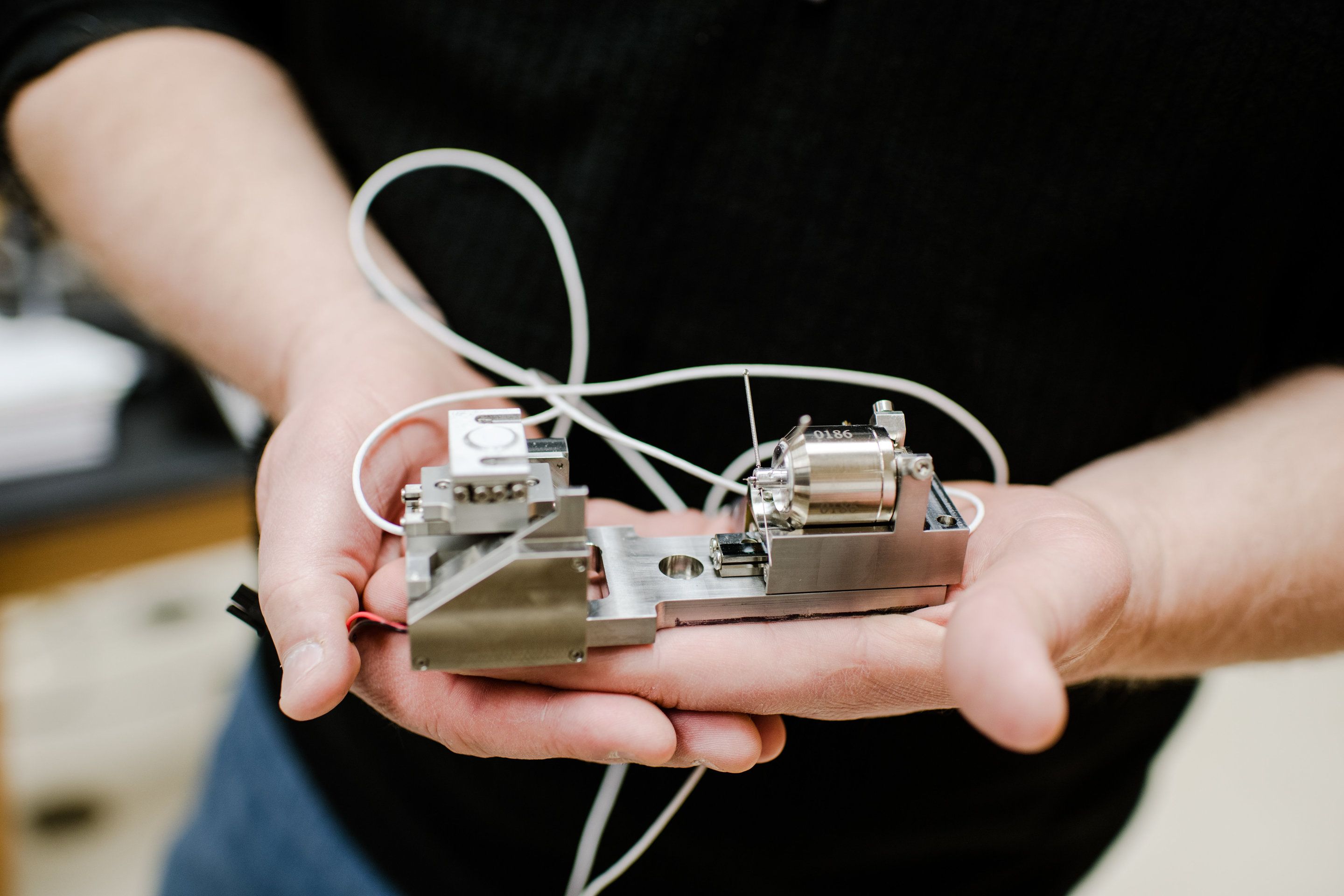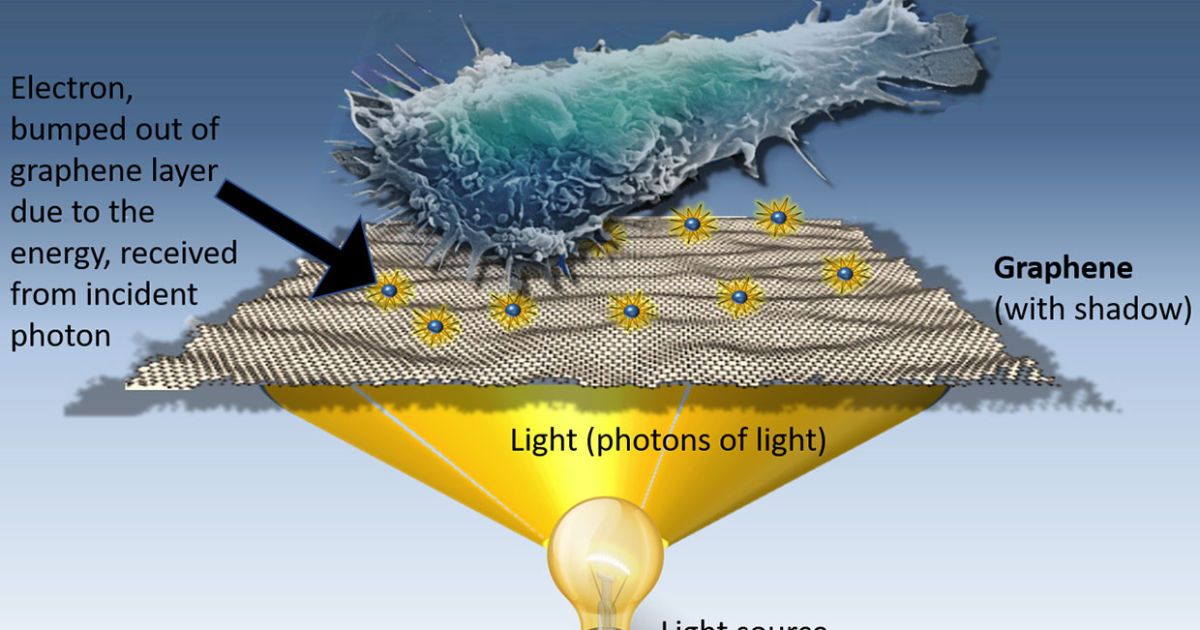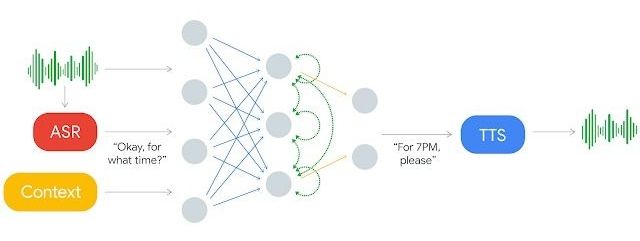Good update on the science around popular mindfulness apps — “It is vital that we understand the potential benefits of engaging with such apps, and how these compare to programs that are taught in-person…”
Let me ask again…want to feel more Calm, get some Headspace, and practice Mindfulness Daily?
There are apps for that—hundreds of them, besides the three I just mentioned.
These apps make a promise: Rather than investing countless hours and dollars in mindfulness classes or mindfulness-based therapy, we can choose to meditate from the comfort of our smartphones. Users are flocking to mindfulness apps in hopes of cultivating kind attention to their own thoughts and feelings, and of reaping the mental and physical benefits that go along with mindfulness.










